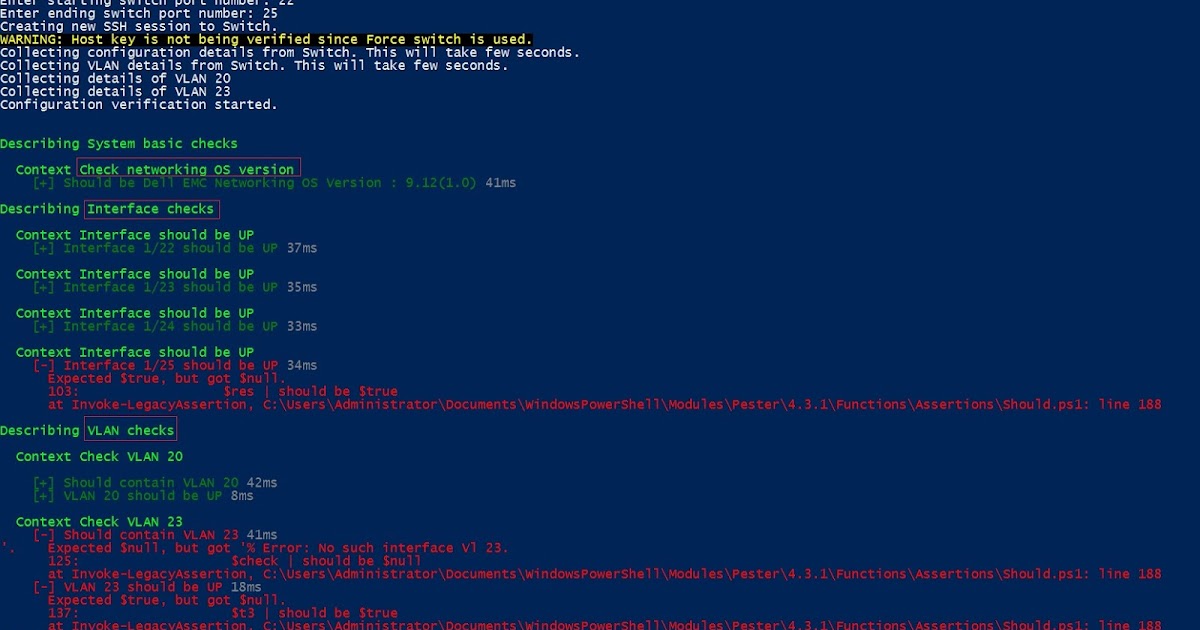
power usage at any given instant-at minute samples of plutonium and other substances. The lasers are aimed in pulses of 20 billionths of a second and 500 trillion watts-roughly 1,000 times U.S. The NIF possesses 192 laser beam lines, each more than 100 meters long.

Under the Stockpile Stewardship and Management Program, created in the wake of the CTBT, the nation spends $15 billion a year to research and test nuclear material, some of it at the National Ignition Facility (NIF) at Lawrence Livermore National Laboratory in California.Ĭonstruction on this massive fusion research facility, the size of a sports stadium, began in 1997 and took more than a decade to complete. efforts to ensure the readiness of its nuclear arsenal, however. signed the Comprehensive Nuclear-Test-Ban Treaty (CTBT), intended to prohibit “any nuclear weapon test explosion or any other nuclear explosion” anywhere in the world. In 1995, after the Soviet Union had dissolved and fear of a nuclear exchange had receded, world powers indefinitely renewed the Non-Proliferation Treaty (NPT), a 1970 agreement to prevent new states from obtaining nuclear weapons and to induce those that already had them to disarm. “In the hours and days to follow there will be no way to respond.” Yet the return of such public service announcements points to an unsettling reality: nuclear war is once again possible. “The reality is, if this comes to pass, you don't ‘got this,'” tweeted the International Campaign to Abolish Nuclear Weapons. “All right? You got this,” assured the upbeat announcer in a video clip.

Get inside, stay inside and stay tuned-that's what the New York City Emergency Management team asked citizens to do last July in case of a thermonuclear attack.


 0 kommentar(er)
0 kommentar(er)
